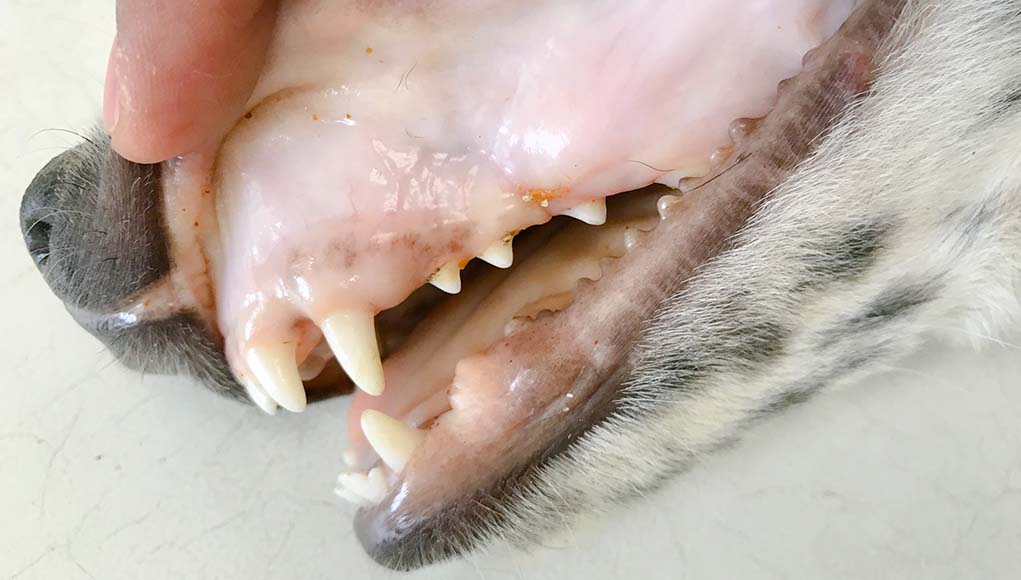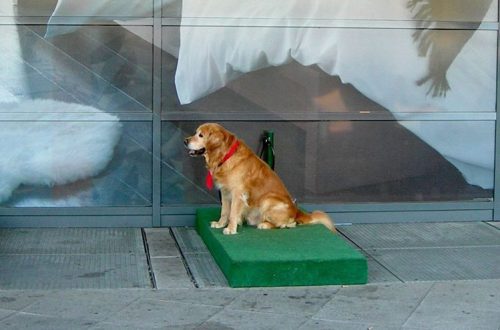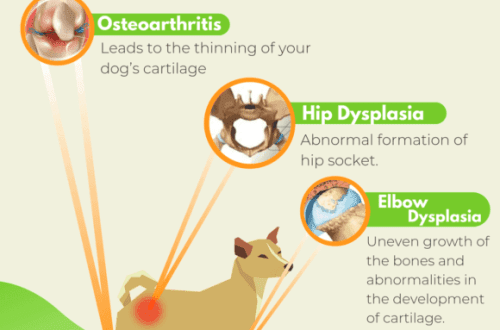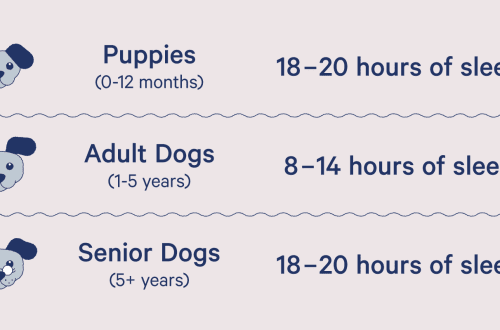
Ce ar trebui să fac dacă câinele meu are gingiile palide?
The veterinarian examines the mucous membranes of the oral cavity, as well as the conjunctiva (mucous eyes), the mucous membranes of the vulva and prepuce. Pet owners most often examine the mucous membranes of the oral cavity – the gums of the animal, which are also covered with a mucous membrane, so the use of the term “gum color” is quite acceptable.
Normally, the color of the oral mucosa in dogs is pale pink. It can change depending on the physical condition of the animal: for example, if the dog was sleeping or, on the contrary, ran and played a lot. Therefore, it is important to know the individual rate for your pet. To do this, you can periodically look into the dog’s mouth when it is in a calm state, and evaluate the color of the mucous membranes.
Many dogs have pigmentation on the mucous membranes of the oral cavity – staining of the mucous membranes in a dark color, in such a situation, the color should be assessed by the non-pigmented area. In diseases of the teeth and gums, it can be difficult to assess the color of the mucous membranes due to local inflammation of the gums and significant deposits of tartar.
The color of the mucous membranes can be pale pink, pale, bluish (cyanosis), bright pink, or even brick red. In some diseases, yellowness (icterus) of the mucous membranes is noted.
Pallor of the mucous membranes can be observed in a number of diseases. By itself, gum discoloration is not a separate disease, it is only a symptom that may indicate a particular condition.
Therefore, it is important to evaluate not only the color of the mucous membranes, but also the presence of other symptoms (for example, it can be shortness of breath, lethargy or depression) and the general condition of the dog. Paleness or cyanosis of the mucous membranes indicates insufficient blood oxygen saturation, which can occur for various reasons. Most often, these are heart diseases associated with circulatory disorders (shunts), diseases of the respiratory system (bronchi and lungs) – for example, accumulation of fluid in the chest cavity, the presence of foreign bodies in the respiratory tract, tumors of various parts of the respiratory system, inflammatory and obstructive lung disease. Pallor of the mucous membranes is noted with a decrease in the concentration of oxygen in the inhaled air, with anemia, with hypothermia and in shock conditions.
What to do if your pet has pale gums?
First of all, it is necessary to assess the general condition of the dog – the level of activity, breathing, behavior, the presence of other symptoms.
If your dog is experiencing shortness of breath, difficulty breathing, coughing, or more serious symptoms such as loss of consciousness, contact your veterinarian or nearest veterinary clinic immediately, briefly describe the situation, and follow their instructions.
In this situation, we are talking about how to quickly and as safely as possible get the dog to the clinic for first aid, and not for treatment over the phone. If the dog’s condition is generally normal, that is, it is active, eats normally and goes to the toilet, but the owner is embarrassed by the pallor of the gums, then it is worth signing up for a routine preventive examination (especially if the dog has not been at the reception for more than one year) and draw the attention of the veterinarian to this problem.
Fotografie:





